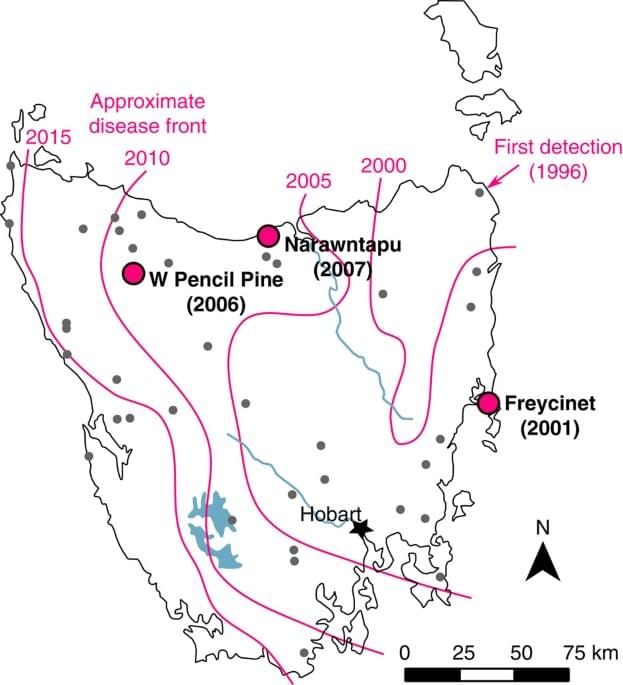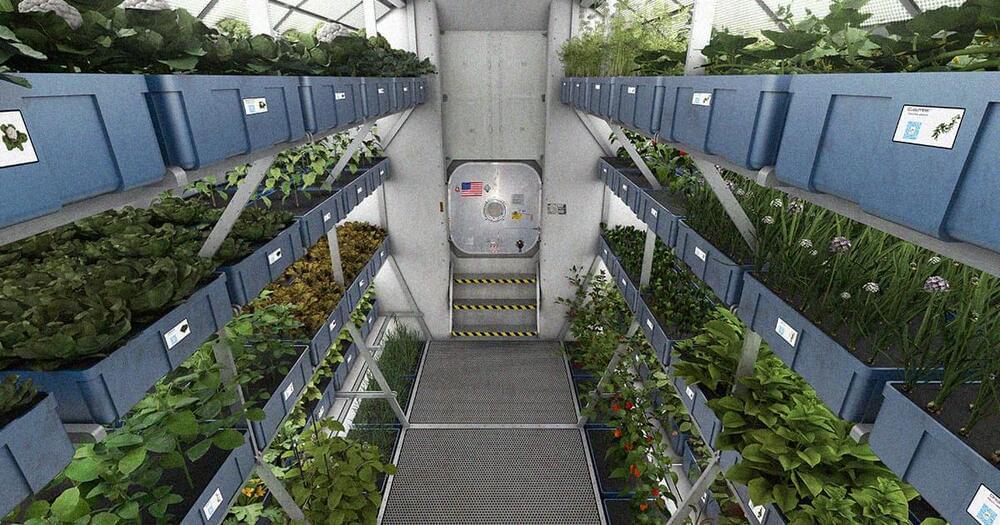Why do we think that reducing risks from AI is one of the most pressing issues of our time? There are technical safety issues that we believe could, in the worst case, lead to an existential threat to humanity.
Get the latest international news and world events from around the world.

AI that can learn the patterns of human language
Human languages are notoriously complex, and linguists have long thought it would be impossible to teach a machine how to analyze speech sounds and word structures in the way human investigators do.
But researchers at MIT, Cornell University, and McGill University have taken a step in this direction. They have demonstrated an artificial intelligence system that can learn the rules and patterns of human languages on its own.
When given words and examples of how those words change to express different grammatical functions (like tense, case, or gender) in one language, this machine-learning model comes up with rules that explain why the forms of those words change. For instance, it might learn that the letter “a” must be added to end of a word to make the masculine form feminine in Serbo-Croatian.
KRIA Robotic Starter Kit — Robotic Arm
How to create a Robotic Arm under the control of the new KRIA Robotic Starter Kit By Adam Taylor.
Dr Robert A. Montgomery, MD, DPhil, FACS — NYU Langone — Managing Complex Transplant Cases Globally
Managing Complex Transplant (and Xenotransplant) Cases Globally — Dr Robert A Montgomery, MD, DPhil, FACS, Director, NYU Langone Health
Dr. Robert A. Montgomery, MD, DPhil, FACS, (https://nyulangone.org/doctors/1467404137/robert-montgomery) is the Director of the NYU Langone Transplant Institute, and Chair and a Professor in their Department of Surgery, where he oversees a diverse team of medical and surgical specialists who provide a wide variety of surgery and transplantation services including bone marrow, heart, kidney, liver, lung, and facial transplantation.
Dr. Montgomery received his Doctor of Medicine with Honor from the University of Rochester School of Medicine, his Doctor of Philosophy from Balliol College, The University of Oxford, England in Molecular Immunology, and completed his general surgical training, multi-organ transplantation fellowship, and postdoctoral fellowship in Human Molecular Genetics at Johns Hopkins.
For over a decade Dr. Montgomery served as the Chief of Transplant Surgery and the Director of the Comprehensive Transplant Center at Johns Hopkins.
Dr. Montgomery was part of the team that developed the laparoscopic procedure for live kidney donation, a procedure that has become the standard throughout the world. He and the Hopkins team conceived the idea of the Domino Paired Donation (kidney swaps), the Hopkins protocol for desensitization of incompatible kidney transplant patients, and performed the first chain of transplants started by an altruistic donor. He led the team that performed the first 2-way, 3-way, 4-way, 5-way, 6-way, and 8-way domino paired donations, and in the first 10-way open chain donation.

Why owning your cybersecurity strategy is key to a safer work environment
Were you unable to attend Transform 2022? Check out all of the summit sessions in our on-demand library now! Watch here.
Despite a massive increase in cybersecurity investments, companies saw data breaches for the first quarter of 2022 soar, even after reaching a historical high in 2021 according to the Identity Theft Resource Center (ITRC). Additionally, the ITRC report adds that approximately 92% of these breaches were linked to cyberattacks.
Phishing, cloud misconfiguration, ransomware and nation-state-inspired attacks ranked high for the second year in a row on global threats lists. So, why are attacks on the rise if more security solutions have been implemented? Should security investment shift its focus from reactive solutions to proactive strategies?

Rapid evolutionary response to a transmissible cancer in Tasmanian devils
Circa 2016 This gives more exacting detail of the Tasmanian devils resistance to cancer.
A recently emerged infectious cancer has caused the near extinction of the Tasmanian devil, but some populations persist. Here, Epstein et al. provide evidence for possible resistance via rapid evolution in two genomic regions that contain cancer-related immune response genes.
Augmented Reality & Not Needing Physical Objects — Mark Zuckerberg & Joe Rogan
At the moment I think Meta VR gets laughed at, but this is a good explanation.
Clip from The Joe Rogan Experience #1863 with Mark Zuckerberg.
August 25th 2022
#JRE #podcast #joerogan #comedy #clip #facebook #AR #markzuckerberg
Bioengineering better photosynthesis increases yields in food crops
For the first time, RIPE researchers have proven that multigene bioengineering of photosynthesis increases the yield of a major food crop in field trials. After more than a decade of working toward this goal, a collaborative team led by the University of Illinois has transgenically altered soybean plants to increase the efficiency of photosynthesis, resulting in greater yields without loss of quality.
Results of this magnitude couldn’t come at a more crucial time. The most recent UN report, The State of Food Security and Nutrition in the World 2022, found that in 2021 nearly 10% of the world population was hungry, a situation that has been steadily worsening over the last few years and eclipsing all other threats to global health in scale. According to UNICEF, by 2030, more than 660 million people are expected to face food scarcity and malnutrition. Two of the major causes of this are inefficient food supply chains (access to food) and harsher growing conditions for crops due to climate change. Improving access to food and improving the sustainability of food crops in impoverished areas are the key goals of this study and the RIPE project.
Realizing Increased Photosynthetic Efficiency, or RIPE, is an international research project that aims to increase global food production by improving photosynthetic efficiency in food crops for smallholder farmers in Sub-Saharan Africa.

Plans Announced for Full Greenhouse on International Space Station
A private space company called Redwire Corporation has announced plans for what it’s calling the “first-ever commercially owned greenhouse” in space.
Redwire is hoping to install the facility on the International Space Station no earlier than spring 2023. The startup was awarded a contract with the Center for the Advancement of Science in Space, which manages US lab operations on board the ISS.
The greenhouse is meant to serve as a testing bed for growing sustenance in a microgravity environment, which will be important as humans start to embark on longer trips through deep space.
7 Things You Should Know About the Future of Underwater Cities
Circa 2020
The idea of humans living underwater may not be as crazy as you think. An idea once reserved for video games or science fiction, underwater cities may be a viable solution for humanity in the distant future.
Would you pack up your bags, clear out your apartment, and move to an underwater paradise? Perhaps you might even dream of living like the fictional city of Atlantis. If i t makes sense to go out and colonize Mars, the ocean is just as livable and is far closer to home. As you probably already know, the earth is 71% water. This could be prime real estate for future generations.